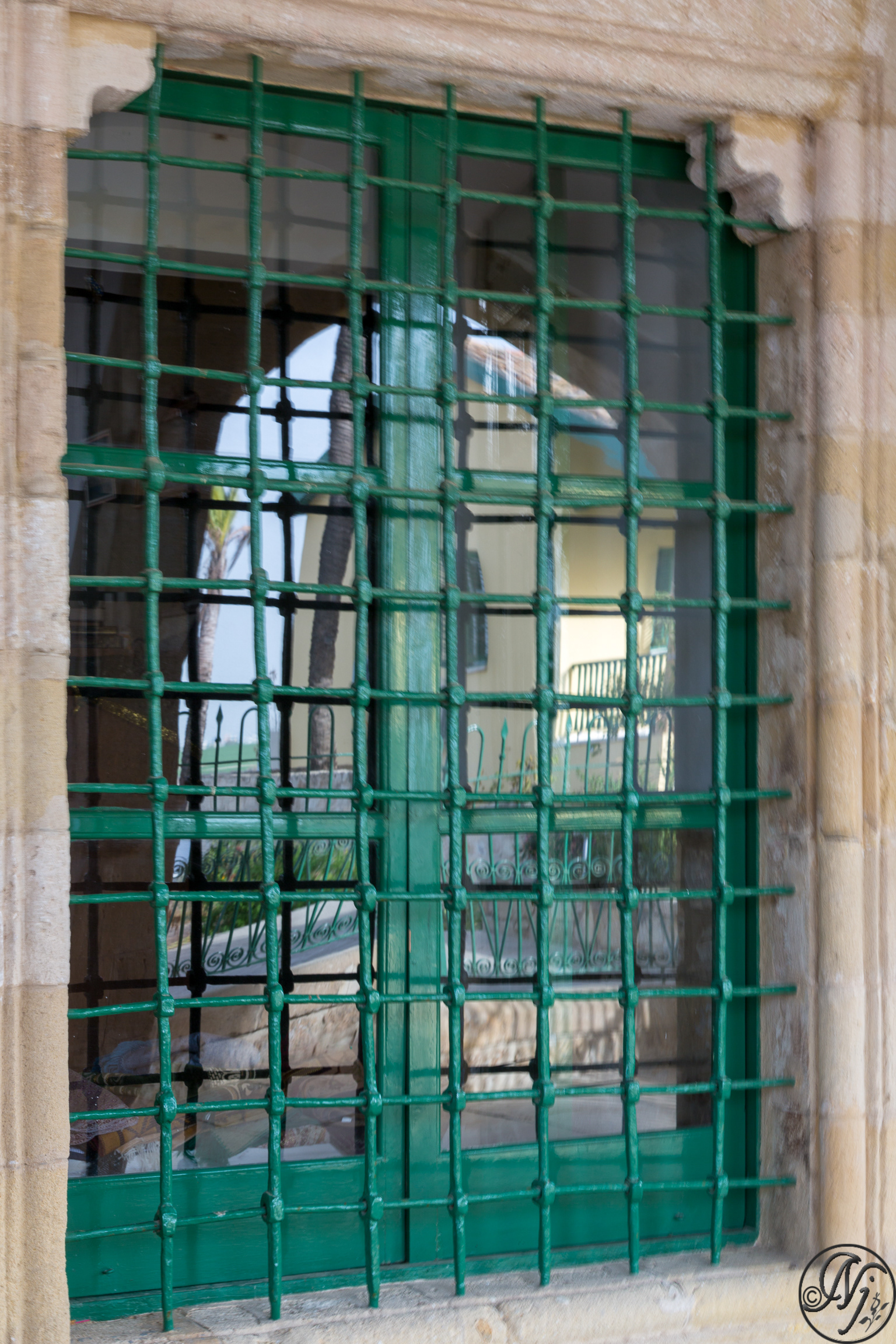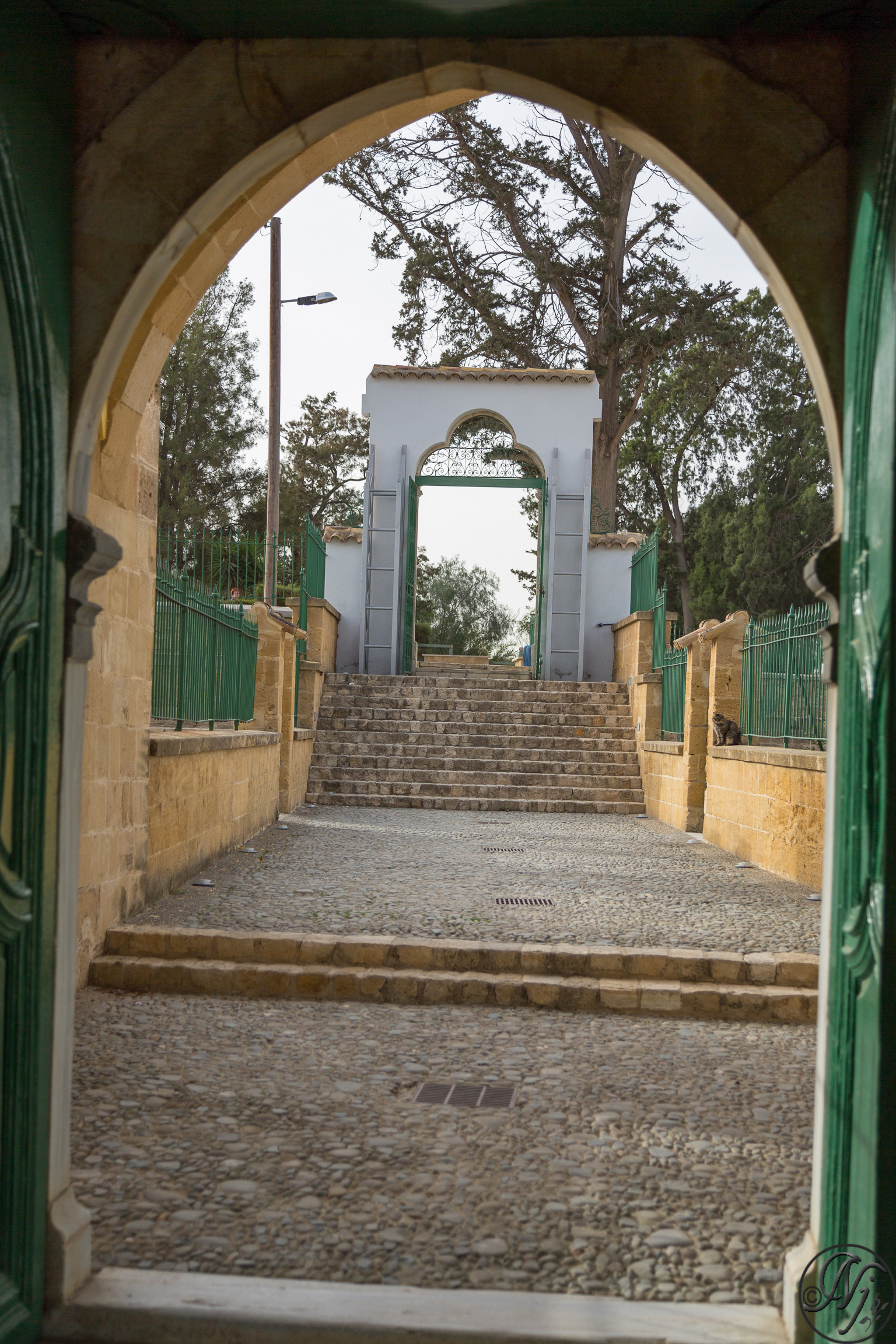




Most accounts establish a connection between the site and the death of Umm Haram during the first Arab raids on Cyprus under the Caliph Muawiyah between 647 and 649, which were later pursued throughout the Umayyad and the Abbasid periods. According to these accounts, Umm Haram, being of very old age, had fallen from her mule and had died during a siege of Larnaca. She was later buried where she died. According to Shia belief, her grave lies within Jannatul Baqi cemetery in Madinah, Saudi Arabia. During the Ottoman administration of Cyprus, a mosque complex was built in stages around the tomb. The tomb was discovered in the 18th century by the dervish called Sheikh Hasan, who also built the first structure here. Dervish Hasan managed to convince the administrative and religious authorities of the site's sacred nature and with the permission he received, he built the shrine around the tomb in 1760 and had it decorated. The wooden fences around the tomb would have been built by the 19th-century Ottoman governor in Cyprus, Seyyid Elhac Mehmed Agha, which were replaced by fences in bronze and two doors by his successor Acem Ali Agha. In another account, Giovanni Mariti, who visited Cyprus between 1760–1767, wrote that the shrine was built by the Cyprus governor he names as Ali Agha. According to Mariti, until 1760 they used the stones of a standing church in a ruined village nearby as construction materials. In another source, it is mentioned that the construction of the mosque was initiated by the Cyprus governor Seyyid Mehmed Emin Efendi in classical Ottoman style, and it was completed in November 1817. Info:Wikipedia




